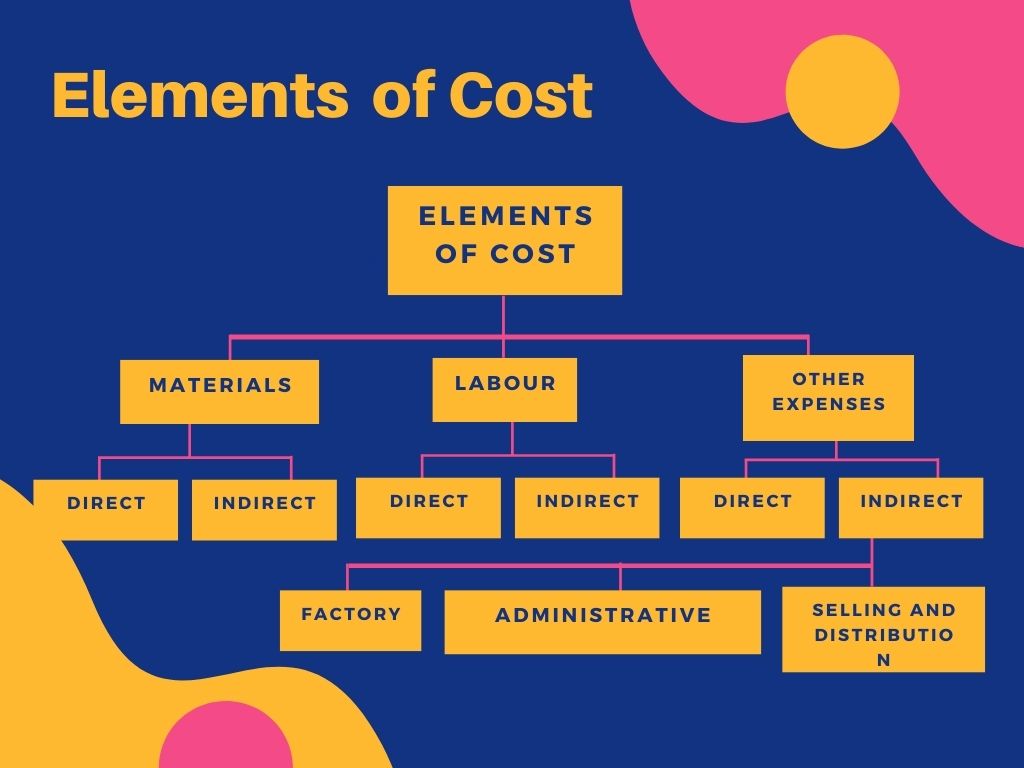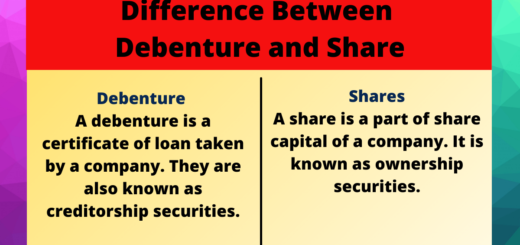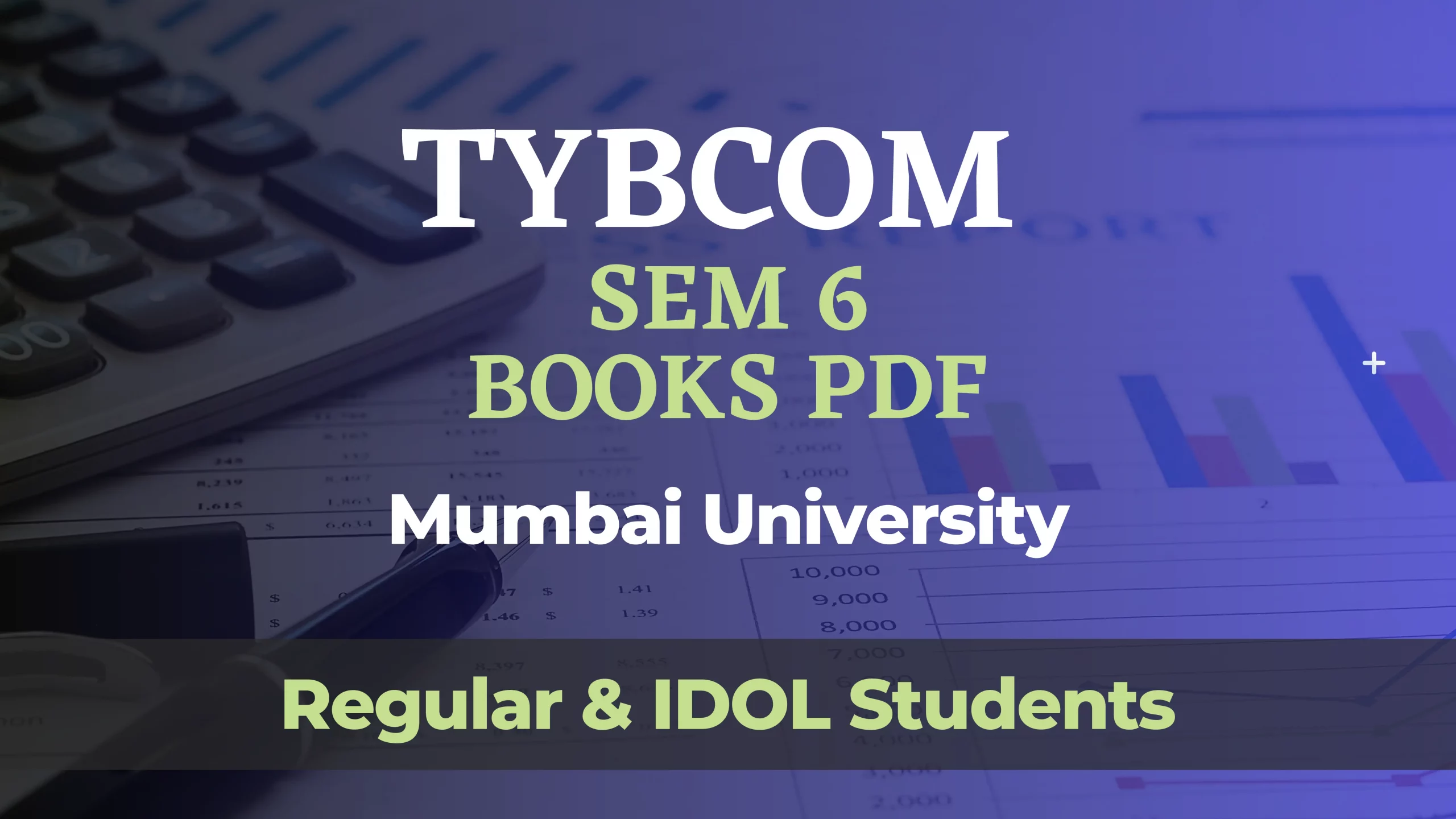Elements of Costing | Free Cost Accounting Articles
Table of Contents
Elements of Costing
A manufacturing organisation converts raw materials into finished products. For that, it employs labour and provides other facilities. While compiling production costs, the amount spent on all these is to be ascertained. For this purpose, costs are primarily classified into various elements. This classification is required for accounting and control.
The elements of cost are
(i) Direct material
(ii) Direct labour
(iii) Direct expenses and
(iv) Overhead expenses.
The following chart depicts the broad headings of costs and this acts as the basis for preparing a Cost sheet.

Material Cost
It is the cost of material of any nature used for the purpose of production of a product or a service. Materials may be Direct Material or Indirect Material.
1) Direct material
It is the cost of basic raw material used for manufacturing a product. Direct materials generally became a part of the finished product. No finished product can be manufactured without basic raw material. This cost is easily
identifiable and chargeable to the product. For e.g.Leather in leather products, Steel in steel furniture, Cotton in textile etc. Direct material includes the following.
Examples-
i) Material specially purchased for a specific job or process.
ii) Materials passing from one process to another.
iii) Consumption of materials or components manufactured in the same factory.
iv) Primary packing materials.
v) Freight, insurance and other transport costs, import duty, octroi duty, carriage inward, cost of storage and handling are treated as direct costs of the materials consumed.
In certain cases, direct materials are used in small quantities and it will not be feasible to ascertain their costs and allocate them directly. For instance, nails used in the manufacture of chairs and tables, the glue used in the manufacture of toys, the thread used in stitching garments etc. In such cases the cost of the total quantity consumed for the period will be treated as Indirect costs.
2) Indirect material
It is the cost of material other than direct material which cannot be charged to the product directly. It can not be treated as part of the product. These are minor in importance. It is also known as expenses materials. It is the material that cannot be allocated to the product but can be apportioned to the cost units.
Examples-
Lubricants, Cottonwaste, Grease, Oil, Small tools, Minor items like thread in dressmaking, nails in furniture (nuts, bolts in furniture) etc.
Therefore, indirect materials can not be easily identified with a specific job. They may not vary directly with the output. It is considered as a part of overheads.
Labour Cost
This is the cost of remuneration in the form of wages, Salaries, Commissions, Bonuses etc. paid to the workers and employees of an organisation.
1) Direct Labour Cost
Direct Labour Cost is the amount of wages paid to those workers who are engaged on the manufacturing line. It consists of wages paid to workers engaged in converting raw materials into finished products. The amount of wages can be conveniently identified with a particular line, product, job or process. These workers directly
handle machines on the production line. Direct wages include payments made to the following group of workers.
1) Labour engaged in the actual production of the product
2) Labour engaged in aiding the operation viz. supervisor, foremen, shop Clerks and workers on internal transport.
3) Inspectors, Analysts, needed for such production.
Example: Carpenter in furniture making unit, a tailor in readymade wear unit, Labour in construction work etc.
2) Indirect Labour Cost
It is the amount of wages paid to those workers who are not engaged in the manufacturing line. It is of general character and can not be directly identified with a particular cost unit. This indirect labour is not directly engaged in the production operations but such labour assistor help in production operations. It can not be easily identified with a specific job, contract of work order. It may not vary directly with the output. It is treated as part of overheads.
Example: Labour inHuman Resource department, Labour in payroll department, Labour in stores, Labour in Securities Department, Labourinpower house department etc.
Expenses
All costs other than material and labour are termed as expenses. It is defined as the cost of services provided to an undertaking and the notional cost of the use of owned assets.
1) Direct Expenses
It is the amount of expenses that is directly chargeable to the product manufactured or which may be allocated to the product directly. It can be easily identified with the product. These are the expenses that are specifically incurred in connection with a particular job or cost unit. They are also called as chargeable expenses.
Example: Hire of a special plant for a particular job, Travelling expenses in securing a particular contract, Carriage paid for materials purchased for a specific job, Royalty paid in mining or production etc.
2) Indirect Expenses(Overheads):
All indirect costs other than indirect materials and indirect labour costs are termed as indirect expenses. It is the amount of expenses that can not be charged to the product directly. These can not be directly identified with a particular job, process or work order and are common to cost units’ or cost centres.
Indirect expenses/Overheads can be sub-divided into the following main groups.
a) Factory or Works Overheads
Also known as manufacturing or production overheads it consists of all costs of indirect materials, indirect labour and other indirect expenses which are incurred in the factory.
Examples: Factory rent and insurance. Depreciation of Factory building and machinery.
b) Office or Administration overheads
All indirect costs incurred by the office for administration and management of an enterprise.
Examples: Rent, rates, taxes and insurance of office buildings, audit fees, directors fees.
c) Selling and Distribution overheads
These are indirect costs in relation to marketing and sale.
Examples: Advertising, Salary and commission of sales agents, Travelling expenses of salesmen.


